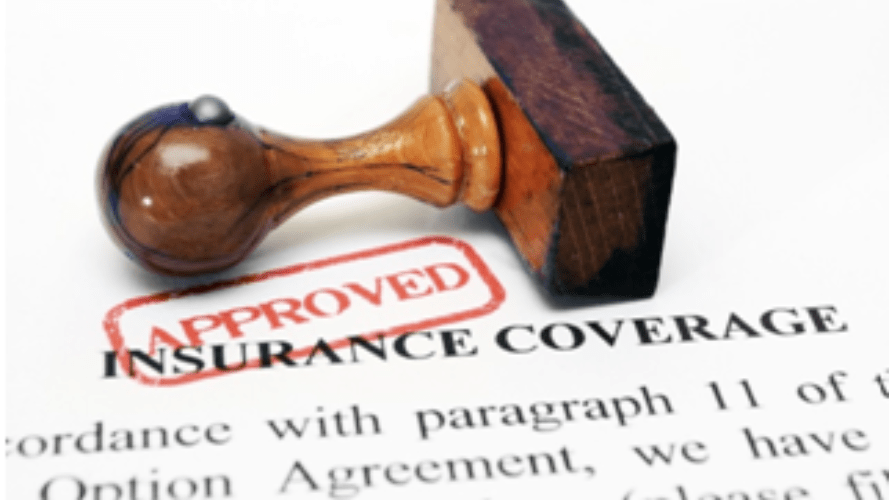For busy landlords, jargon and terminology can be quite confusing, especially if you’re a new landlord.
To help, we’ve put together this post as an introductory guide on ‘buildings sum insured’, helping you know what it means, why it’s important that your level of cover is correct and why you need to keep it up-to-date.
What does ‘buildings sum insured’ mean?
You’re most likely to see a ‘buildings sum insured’ figure on your property insurance, which shows the maximum amount of money that your insurer would be willing to pay to rebuild your home if it was badly damaged or completely destroyed.
Crucially, the sum insured is not the price you paid for your home, and it is not linked to the valuation of your home if you chose to sell it.
If you’re looking for your ‘buildings sum insured’ total, then you’ll be able to find it on your home’s valuation report or your mortgage survey.
What does the ‘buildings sum insured’ cover?
The Association of British Insurers (who can provide guidance on whether your sum secured is adequate) states that the ‘buildings sum insured’ total should include several factors such as:
• The demolishing and clearing away of the damaged structure
• The rebuilding of the property to its existing design using modern materials and techniques.
• The amount of land surrounding your home and any outbuildings.
As such, the total includes the cost of debris removal and architect fees. As a result of this, the standards of the rebuild covered under your sum insured must be the same as they were in the previous structure and must also be in accordance with Building Regulations and other statutory legislation.
Whose responsibility is it to get the figure right?
It is the prerogative of the insured to assure this sum is correct, so you should always double-check if you are in any doubt.
Natural disasters, such as the floods, continue to demonstrate that many of Britain’s households are currently under-insured, with a survey conducted by the Association of British Insurers showing that one in five British households could currently be under-insured.
Our Buildings Insurance covers you against unexpected risks. This includes rebuilding your let property following loss or damage caused by a range of perils, including fire, explosion, collision or impact, falling trees and earthquake, to name a few.
Within this, you’re automatically covered for up to £500,000 as your sum insured total, but if you need to be covered for more, you can specify a rebuild value to us.
How do I work out the rebuild value?
If you’re unsure of the rebuild value of your home, the Association of British Insurers has a calculator that can help. By taking simple measurements of your home and answering several questions, you should be able to accurately work out how much rebuilding costs should be.
If you believe your current sum is incorrect, you should contact your insurance company, who will advise you on the next steps.
Using a surveyor is essential if your home has an unusual feature, such as a thatched roof. You can find local surveyors by using the RICS database of members. There is a cost involved in surveying, but the cost can be minimal compared to being under-insured.
The surveyor will then take detailed measurements of your home and assess other factors in calculating the rebuild cost. In doing this, the surveyor will link your property to an automatically updated index of housebuilding prices.
Remember, every time you update or improve your property, you should inform your insurer as it is likely that your policy will need to be altered or you will be under-insured.
To conclude, the buildings sum insured value is incredibly important, and it is in your interest to ensure that your home is not under-insured, especially if you’ve recently undergone home changes. Association of British Insurers has a great calculator that can help, and specialist surveyors are available through the RICS database if you need any additional help.
Remember: It’s your responsibility to ensure that you’re not under-insured. If you are found to be under-insured at the point of claim, part or even all of the claim may not be paid.
Enjoying our content?
Get the latest letting news, views and tips from HomeLet straight to your inbox.

